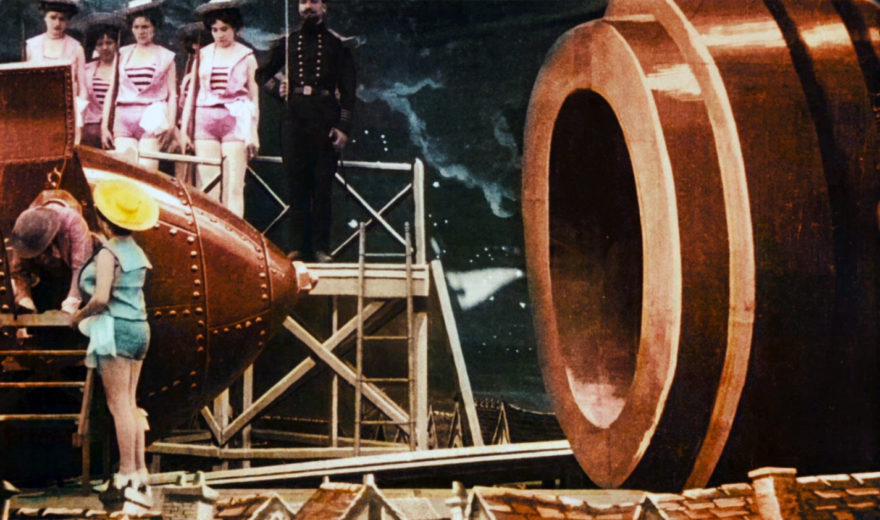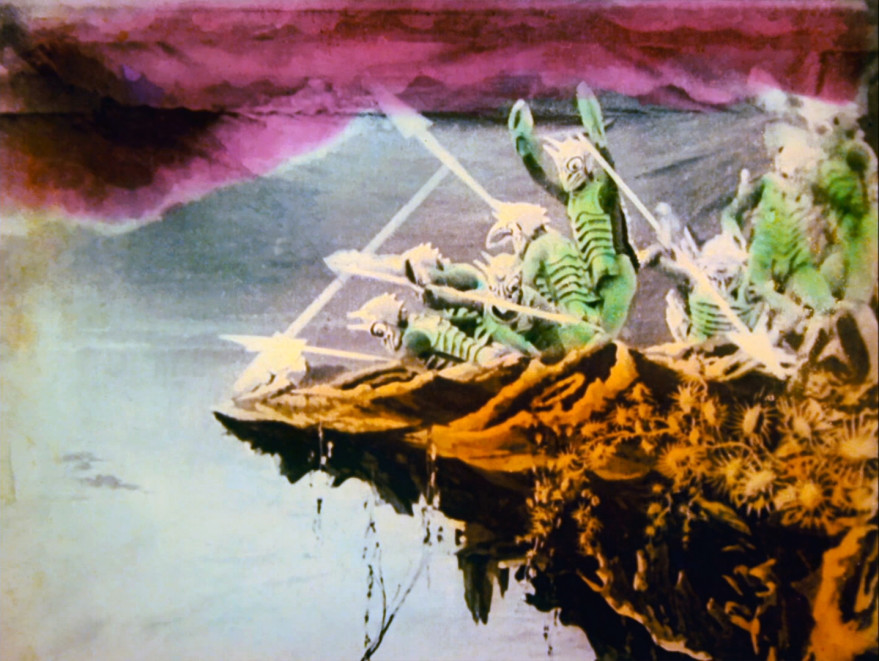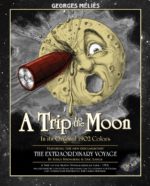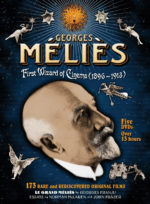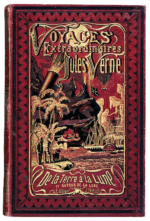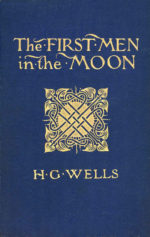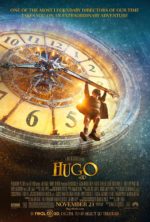Ingenious and ground-breaking, A Trip to the Moon takes you on a fanciful journey to the Moon, where a scientific expedition encounters a comically fragile race of nasty aliens. An international blockbuster, it was the Star Wars of 1902: an epic 15-minute movie with cutting-edge visual effects pioneered by the filmmaker George Méliès.
With a timeless sense of fun that holds up to this day, we start by following a doddering group of scientists from the Institute of Incoherent Geography as they inspect their rocket, doffing their hats at every opportunity and occasionally falling into a bucket.
Through trick photography and magnificent theatrical sets, you travel to the face of the Moon and get to see the Earth rise along the lunar horizon. While you are always aware that these are painted backdrops, the gorgeous imagery and entertaining antics keep you on the edge of your seat. And when a tribe of freakishly limber aliens attack, you can’t wait to see if they all get back to Earth safely.
In 1895 Georges Méliès attended the very first motion picture screenings by the Lumière brothers in Paris, France. He was captivated and immediately built his own camera, drawing on his skills as a stage magician to create filmed illusions for the big screen. He invented techniques using jump cuts and double exposures for the first-ever visual effects on film.
A Trip to the Moon was a modern masterpiece in its day. Most films were four minute documentaries or skits, but A Trip to the Moon was a mammoth production: with thirty individual scenes it was three times as long as most other films, it cost 10,000 francs and took three months to film—and his stage did not have electric lights, so he had to film between the hours of 11am and 3pm in a building with a ceiling and walls made of glass.
The black and white film stock of the day did not accurately capture colors: blue objects would turn white, and yellows and greens would go black. To fix this, the sets and costumes were actually painted in shades of gray so they would photograph accurately. However, audiences demanded color, so some copies of A Trip to the Moon were hand-painted with multiple colors by troops of female workers.
All color versions were thought lost until a copy appeared in 1993, but it had decayed into a solid block of film. To restore it, this ‘hockey puck’ was doused with chemicals that allowed tiny chunks of the 13,375 frames of the film to be pulled off bit by bit. These fragments were pieced together using modern digital effects, and the restored color version premiered at the Cannes Film Festival in 2011 with a vibrant new soundtrack by the French band Air.
Although a worldwide success, the film never made money for Méliès. In a bit of early corporate intrigue, the famous inventor Thomas Alva Edison was involved in a scheme to smuggle a print of A Trip to the Moon to the United States, where he and others raked in the profits by screening stolen copies. Méliès never got a dime. Over time, as his films became less popular, Méliès eventually lost everything. When he died in 1937, he was living in an apartment provided to him at no charge by a film society. Tragically, in a fit of rage, he had burned the original negatives of all his films, so many of his hundreds of movies have been lost forever.
A Trip to the Moon, however, has lived on as a vibrant example of early filmmaking. In 1996 the rock band Smashing Pumpkins won the Video Music Awards for their homage to his film with the music video “Tonight Tonight” and the 2011 Martin Scorsese film Hugo explored Méliès’ tragic life and even included clips from A Trip to the Moon.
In 1929, Méliès was honored with a gala screening of A Trip to the Moon along with several of his other surviving films, and in 1931 he was presented with the prestigious French Legion of Honor by Louis Lumière, one of the very men who originally inspired him to become a filmmaker.
Enjoying the site? If so consider supporting it with alien-infused caffeine…


